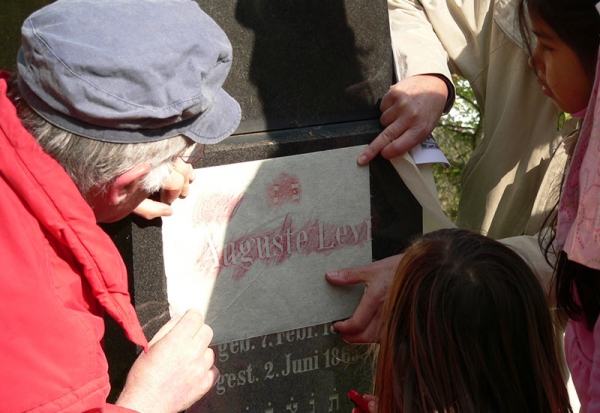In the early days of the Jewish community before 1700 there was a cemetery which had to be abandoned due to flooding. Where exactly these graves were or possibly still are today is not known. As of 1720 the Rexingen Jews buried their dead in the cemetery in Mühringen.
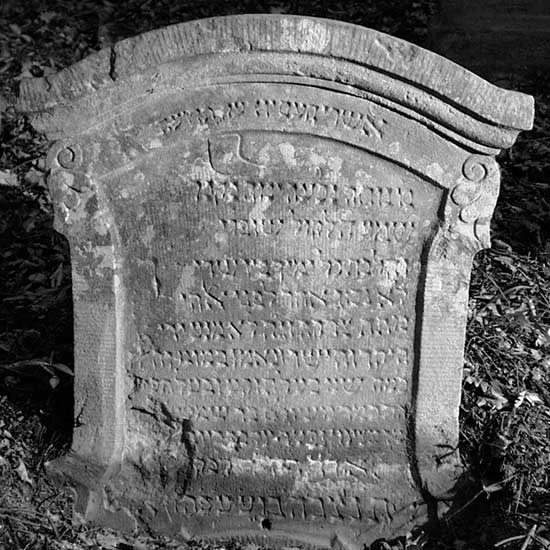
In 1760 the Jewish community in Rexingen was allocated a burial place by the Knights of St. John. It was situated on a slope of beech trees at the western edge of the village. At first it measured roughly 40 by 36 metres and by 1914 had grown to cover an area of 6,409 square metres.
The “Good Place” is entered through a wide gate with a massive stone arch. The cemetery contains at least 1176 graves, 931 of which have tombstones or stone fragments.
Originally the graves were not chronologically laid out. As of 1879 the tombstones were numbered and stricter regulations were applied to the use of burial plots.
There is a war memorial to the Jews who died in World War One in the cemetery. It was erected by the Jewish community in1920. Beside it is a grave of honour for Flight Lieutenant Josef Zürndorfer, the only Jewish officer from the village.
During the Nazi dictatorship many tombstones were knocked over by youths. After 1945 the civic community together with the Israelite Religious Community of Württemberg did their best to repair the damage.
In 1947, a memorial to the victims of the persecution of the Jews from 1933 to 1945 was erected on the initiative of Harry Kahn from Baisingen, a survivor of Riga.

The last grave in the rows of graves bears the number 945. Here in 1961, Hermann Lemberger, father-in-law of Josef Eberle, journalist, author and newspaper publisher, was buried.
Hermann Lemberger had emigrated to America in 1939 and returned to southern Germany after the war. He died in Rottweil and wanted to be buried in Rexingen. A poem by Josef Eberle in honour of his father-in-law is printed on a plaque at the grave.
The last person to be buried in Rexingen was Dr. Edmund Fließ in 1962. Dr. Fließ was married to a Christian in a “mixed marriage” and managed to survive the war in Rexingen. His urn was buried outside the rows of graves.
The care and preservation of the cemetery is the responsibility of the cemeteries department of the town of Horb. The Jewish cemetery in Rexingen is the third largest in Württemberg. Because of its position in the forest above the village and its tombstones with distinctive symbols, it is one of the most beautiful cemeteries in the former rabbinate of Horb-Mühringen, indeed of Württemberg. On the tombstones one finds an unusually large amount of symbols, far more than in many other Jewish cemeteries.
Symbols
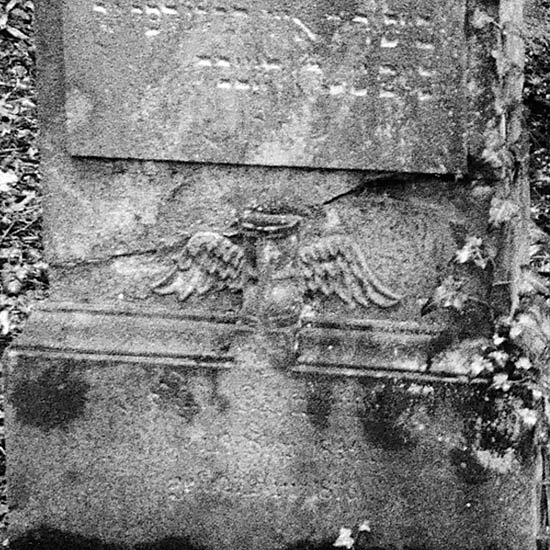
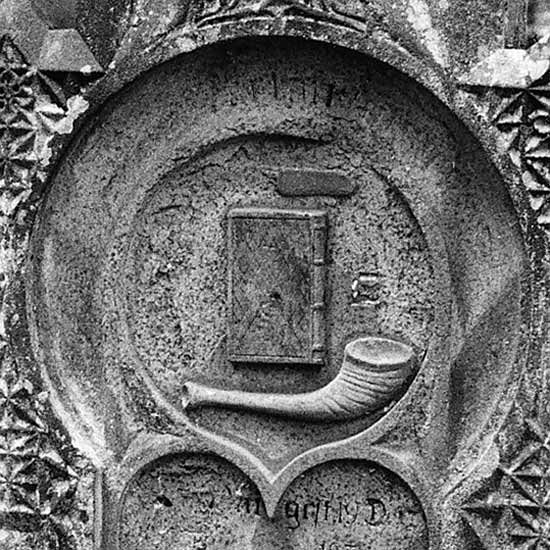
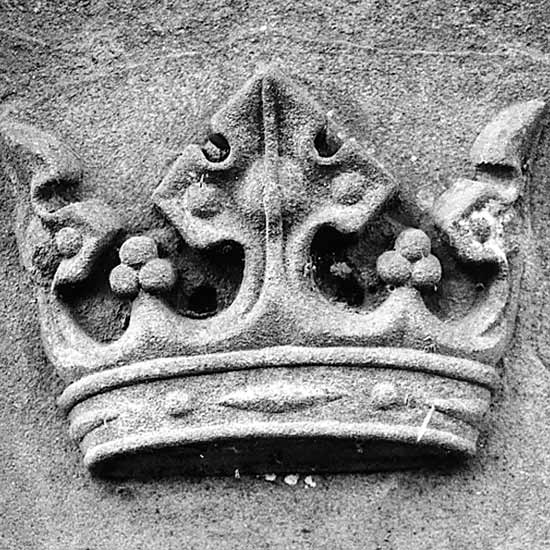
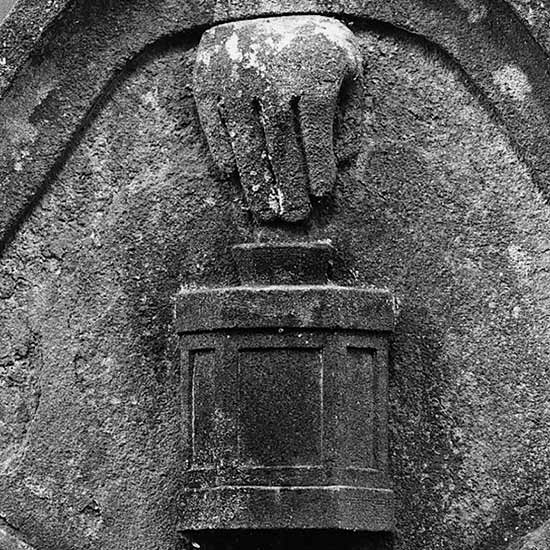
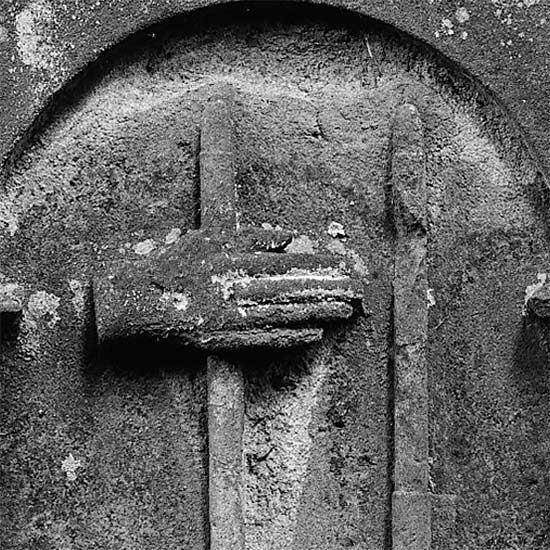
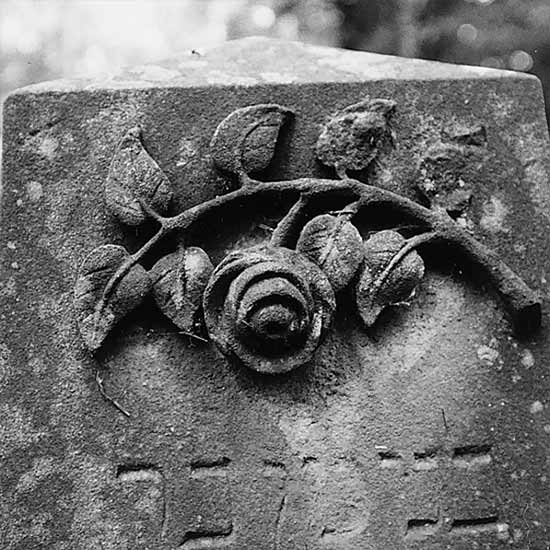
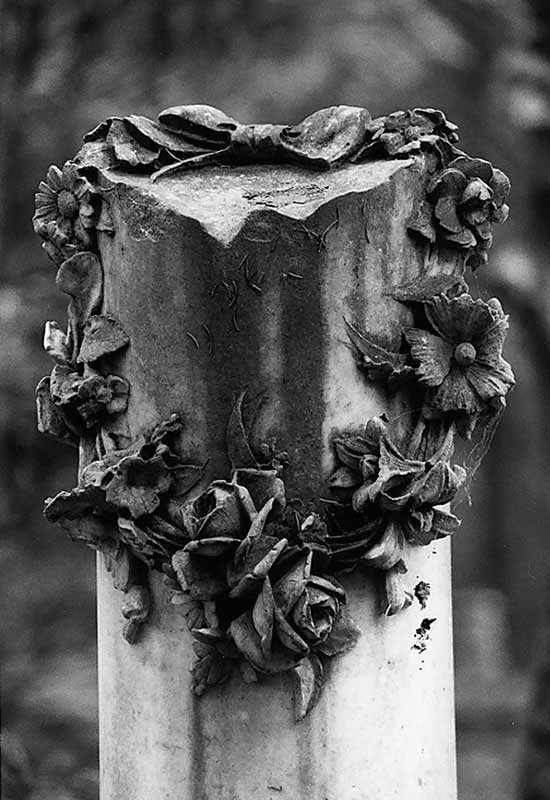
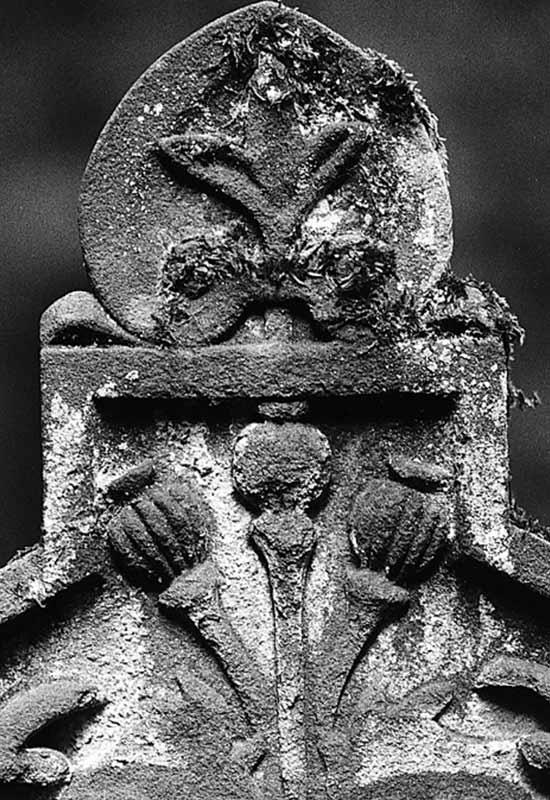
Documentation
From 1994 to 1996 documentation on the cemetery was carried out under the scientific guidance of Dr.Gil Hüttenmeister.
All of the tombstones were photographed. The Hebrew inscriptions on the stones were deciphered, translated and completed using all available data from the register of residents in Rexingen and from the central archives in Jerusalem.
Only a few copies of this documentation in two volumes and containing two thousand pages were published.
In the years that followed, the book “Hewn in Stone. Traces of Life in the Rexingen Jewish Cemetery” was published, based on this documentation. In various essays and biographies it attempts to come close to the history of the Jewish community in Rexingen.
 Deutsch
Deutsch
 English
English
